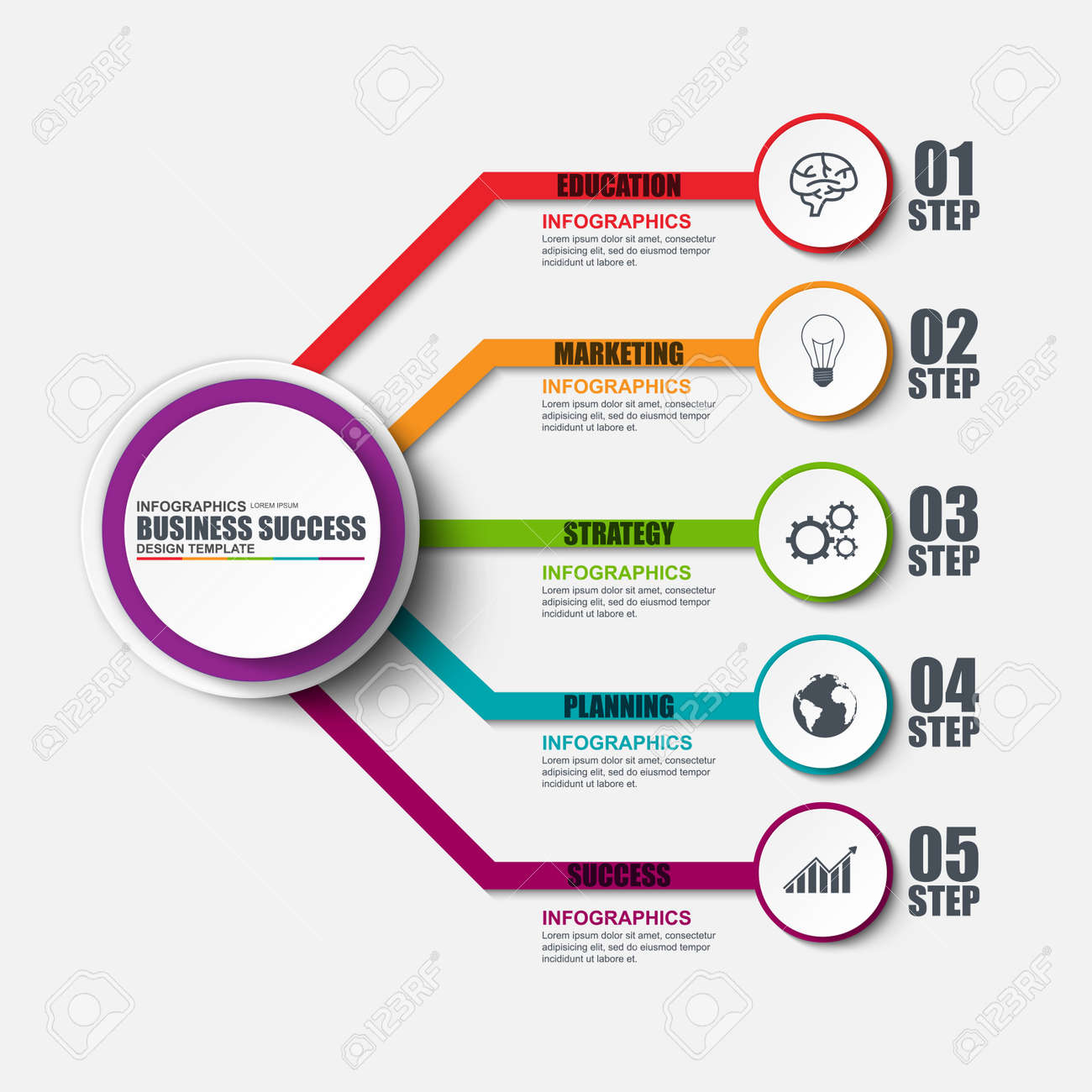Website Style Basics: Tips For Structure A User-Friendly Site
Website Style Basics: Tips For Structure A User-Friendly Site
Blog Article
https://erickjezsn.slypage.com/31675469/strategies-for-building-a-beautiful-website-design-that-enchants-your-target-market -Abildtrup Bak
When it pertains to internet site style, making sure user-friendliness is key. From receptive style to streamlined navigating, every element plays an essential role in developing a website that caters to your audience's requirements. But what regarding the finer information that can make or damage a user's surfing experience? Stay tuned as we discover some often-overlooked suggestions that can raise your website's functionality to the next level, making it genuinely attract attention in the digital landscape.
Significance of Responsive Style
Receptive design is an important facet of contemporary web site advancement. Ensuring your site is receptive ways that it can adapt to different screen dimensions and tools, supplying a smooth experience for customers.
With the boosting use of smartphones and tablet computers to access the net, having a responsive layout is important for reaching a broader audience. It aids in boosting customer experience by making your website easy to navigate and keep reading any type of gadget.
In web development content writing , receptive style can favorably impact your search engine rankings, as internet search engine like Google focus on mobile-friendly websites. By having a responsive layout, you're additionally future-proofing your web site, as new devices with varying screen sizes continue to arise.
Simplify Navigating Framework
To boost customer experience and facilitate simple access to info on your internet site, simplifying the navigating structure is vital. When designing your site, concentrate on developing a clear and instinctive navigation menu that aids site visitors locate what they're trying to find swiftly.
Restriction the number of food selection items to the basics, organizing related web pages together to stay clear of overwhelming customers. Use detailed tags that plainly indicate the web content of each page, making it easier for individuals to understand where each link will certainly take them.
Consider implementing dropdown food selections for subcategories to stop littering the major navigation bar. In addition, include a search bar prominently on the web page for users who choose looking for certain info.
Focus on mobile responsiveness in your navigation design to guarantee easy gain access to on all gadgets.
Optimize Page Tons Rate
Improving web page load speed is important for retaining site visitors on your website. Slow-loading web pages irritate customers and can lead to high bounce rates. To optimize page lots speed, begin by maximizing photos. Compress images without endangering quality to minimize their data dimensions.
In addition, make it possible for web browser caching to save often accessed resources in your area, speeding up tons times for returning site visitors. Minify CSS, JavaScript, and HTML data by eliminating unnecessary characters, remarks, and format, improving tons rate.
Consider using a content delivery network (CDN) to disperse your internet site's material across multiple web servers worldwide, reducing latency for users accessing your website from various locations. Last but not least, limit the use of third-party manuscripts and plugins, as they can substantially influence lots times.
Conclusion
In conclusion, by integrating responsive design, simplifying navigating, and maximizing page lots speed, you can produce a straightforward site that attract a bigger audience and enhances user experience. These essential elements make certain that visitors can conveniently access and navigate your site across different tools, causing raised engagement and fulfillment. By concentrating on these crucial facets, you can construct a successful web site that keeps users coming back for more.
